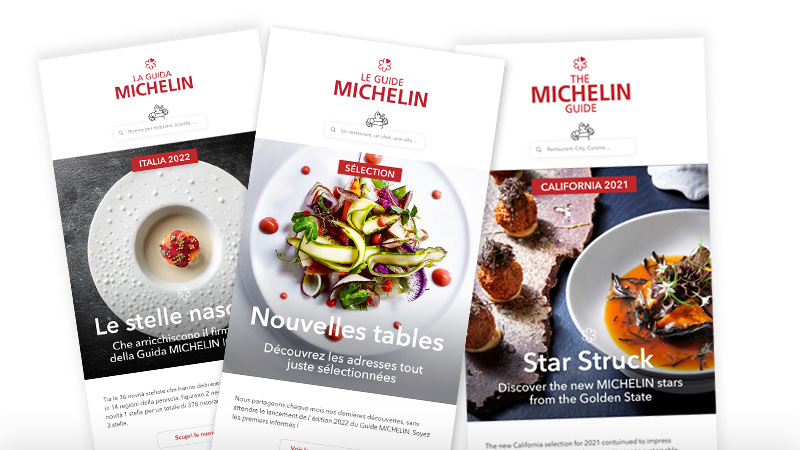Build vs. Buy: A Strategic Dilemma And How Founders Can Resolve It

Every founder eventually hits this question: Should we build it ourselves or buy it?
This is one of the most strategic calls you’ll ever make as a founder. Choosing whether to build in-house or outsource determines how fast you grow, how flexible you stay, and how much control you really have over your business, if not now, then later.
Let’s break it down.
The Temptation to Build
If you’re a founder (especially a technical one), you’ve probably felt the itch to build. There’s something deeply satisfying about creating a system from scratch that does exactly what you need. When you own the code, you control everything, every workflow, every little feature, every bit of performance. It feels clean, powerful, and safe.
But here’s the truth: what starts as a quick internal project often turns into a full-blown maintenance headache. Your “simple custom dashboard” becomes an internal product of its own. Each new requirement adds more code, more updates, and more potential for things to break.
That’s the hidden trap of building. You don’t feel the weight at first. But over time, maintenance and technical debt pile up. Developers leave. Requirements shift. Suddenly, you’ve built yourself a small empire of tools that constantly demand attention.
The Case for Buying — and Its Risks
Then there’s the other side: outsourcing or licensing what you need.
Modern startups have access to an incredible ecosystem of ready-made tools. Stripe for payments. Auth0 for authentication. HubSpot for marketing. Mixpanel for analytics. AWS or Google Cloud for infrastructure. Each one saves you time, money, and sleepless nights.
The biggest advantage? Speed. You can focus on your product instead of reinventing the wheel. You also inherit the reliability, security, and scalability of platforms built by experts.
But outsourcing comes with a different kind of cost — dependency. When you rely on third-party vendors, you depend on their pricing, their roadmap, their uptime, and even their strategic direction. If they raise prices, change APIs, or discontinue a feature, you feel it immediately.
Buying gives you speed, but it also means you’re renting control. And over time, those rent payments can become expensive, not just financially, but strategically.
Netflix: The Build Decision That Paid Off
Let’s take a real-world example.
When Netflix was growing rapidly around the world, it depended on existing content delivery networks (CDNs) to get its videos to users. But as streaming volumes exploded, those CDNs couldn’t keep up with Netflix’s need for speed, reliability, and cost control.
So Netflix made a bold move — it built its own CDN, called Open Connect.
Open Connect consists of caching servers called Open Connect Appliances (OCAs), installed inside or near Internet Service Providers. These servers store popular movies and shows closer to viewers, reducing bandwidth and improving video quality. In 2019, Open Connect handled over 15% of all global Internet traffic.
By owning this infrastructure, Netflix gained enormous advantages. They could tweak performance down to the TCP level, manage bandwidth more efficiently, and deliver content faster than anyone else. As F5’s NGINX team explains;
“Netflix was able to optimize Open Connect for video streaming in a way that’s not possible with a generic CDN provided by a vendor. Open Connect enables Netflix to offer a superior user experience at a lower cost, and with greater visibility into the performance of the application around the world.”
But Netflix didn’t build everything. They still use Amazon Web Services for their backend compute, user data, and analytics. The balance is clear: Netflix builds what defines their competitive edge — content delivery and viewer experience — and buys the rest.
That’s the art of building strategically.
What Research and Data Tell Us
There is data to back up how companies make these decisions.
A 2023 mapping study on startup engineering practices found that most startups approach software decisions opportunistically — they adapt, mix, and pivot depending on growth stage and resource constraints. In other words, founders don’t always follow perfect theory; they follow momentum and urgency.
Another study on no-code and low-code adoption showed a clear pattern: startups often start with external tools to move quickly, then later rebuild critical systems in-house once they scale. Researchers call this “reverse outsourcing.”
And in Netflix’s own case, a technical paper titled “Open Connect Everywhere” analyzed how Netflix’s CDN infrastructure grew to reach Internet exchange points worldwide, showing how one company’s decision to build in-house infrastructure reshaped global Internet traffic flows.
In short, startups usually rent first and build later, once the risk and value equation flips.
The Core vs. Context Framework
Here’s a mental model that simplifies this whole debate: Core vs. Context.
Ask yourself:
Is this system part of what makes my product valuable to customers, or is it just supporting infrastructure?
If it’s core — meaning it directly shapes your competitive edge, then it’s worth building.
If it’s context — meaning that it is important but not unique, then buy it.
Think of it this way:
- A logistics startup might build its own route-optimization engine (core), but use external payroll or HR software (context).
- A SaaS company could develop its own recommendation algorithms (core) while outsourcing email delivery and analytics (context).
- An e-commerce brand may use Shopify for its storefront (context), but build its own personalization or pricing logic (core).
The trick is to keep revisiting that distinction. Something that’s “context” today could become “core” tomorrow, especially as your product and data evolve.
Mixing the Two: The Hybrid Approach
Of course, real life is rarely a clean differentiation. The most successful founders combine both approaches: buy the foundation, build the differentiation.
For example, you might adopt HubSpot for marketing automation, but create your own dashboards that measure customer behavior in ways no other CRM can. Or use AWS as your base, but build a custom data pipeline that gives you unique insights.
This hybrid model gives you speed early on and flexibility later. It’s the best of both worlds, as long as you’re intentional about which parts to own.
When Building Is Worth It
You should consider building in-house when:
- The system is central to what makes your product valuable or unique.
- Off-the-shelf tools can’t handle your scale, performance, or customization needs.
- You have (or can hire) the expertise to maintain it.
- Owning it strengthens your intellectual property or long-term leverage.
- You’re thinking in years, not months, and can spread the cost over time.
Netflix’s Open Connect is the perfect illustration of this. They built because it directly affected user experience and cost structure, two things they couldn’t risk outsourcing.
Building is expensive, yes. But if it gives you lasting differentiation or leverage, it becomes an asset, not a cost.
When Buying Is the Smarter Move
Buying or renting makes sense when:
- Speed to market is crucial.
- The feature or system isn’t unique to your business.
- The problem has already been solved by a reliable vendor.
- You lack the expertise or desire to manage it.
- The maintenance burden would slow you down.
In these cases, don’t overcomplicate it. Buy what’s proven, and focus your energy on your customer and product experience.
Remember: the goal isn’t to build everything. It’s to build what matters most.
How the Equation Changes Over Time
Here’s the part most founders underestimate: the answer changes as you grow.
Early on, startups lean heavily on external tools because they need to move fast. Every month spent building something in-house is a month of lost traction. But as you scale, priorities shift. You begin to see which systems are truly strategic, the ones that impact cost, customer trust, or competitive advantage. Those are the ones you’ll eventually want to own.
Many companies evolve into a hybrid architecture: some systems built, others bought. What matters is staying flexible. What was once core may later become commoditized. What was once outsourced may later become mission-critical.
Revisit these choices regularly. Your choice should evolve with your business.
Leverage, Not Control
At the heart of this whole debate is one key idea: leverage.
The smartest founders invest their time and engineering talent where it multiplies their advantage. They own 20% of their systems that create 80% of their value, and rent the rest.
Jeff Bezos captured this thinking beautifully when he said:
“I very frequently get the question: ‘What’s going to change in the next 10 years?’ … I almost never get the question: ‘What’s not going to change in the next 10 years?’ And I submit to you that that second question is actually the more important of the two.”
Bezos’s point applies perfectly here. Focus your build energy on the systems that will still matter, the ones that form your company’s long-term backbone. For everything else, leverage what already exists.
The Bottom Line
The build vs. buy question will keep showing up as your startup evolves. It’s not a one-time choice; it’s a recurring conversation about speed, control, and leverage.
Here’s the simplest way to think about it:
- Build what gives you power and differentiation.
- Buy what saves you time and lets you focus.
- Revisit those choices as your priorities change.
Speed is critical early on, but control is priceless later. Balancing both is the real art of scaling.
Read - The Art of Customer Lock-In: Building Loyalty That Lasts

square.jpg)










